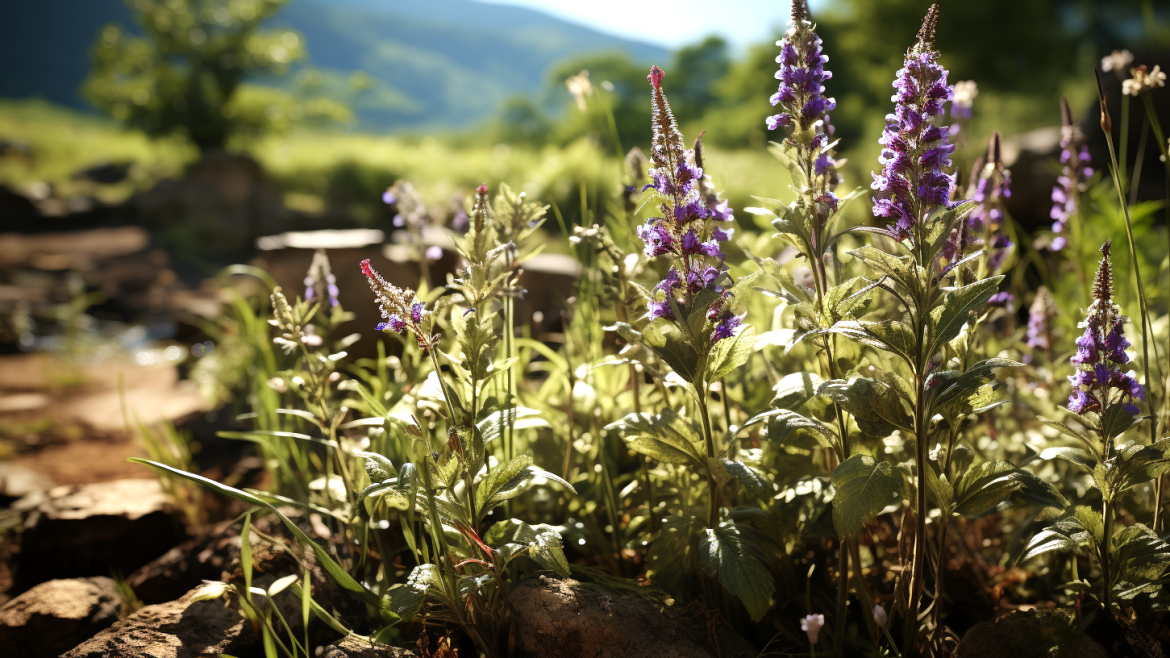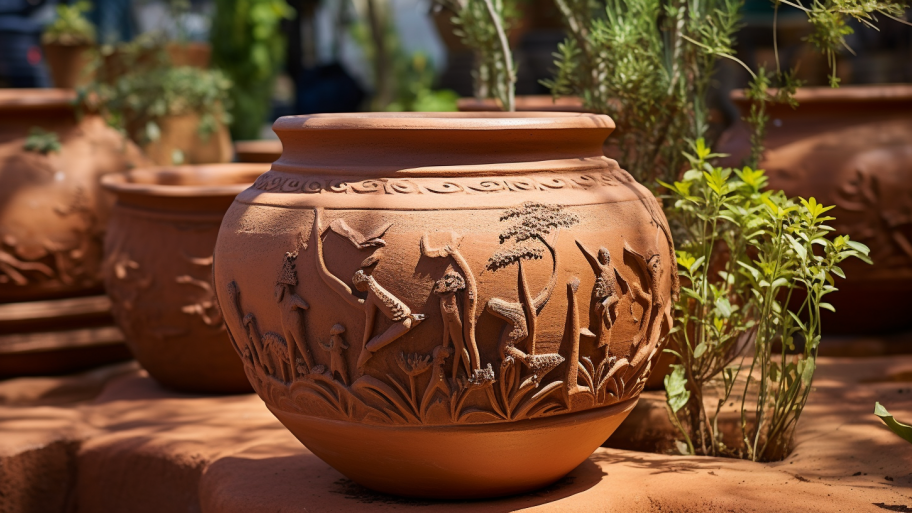India, with its rich cultural history and diverse climate, has long been a treasure trove of medicinal plants and herbs. The ancient inhabitants of the Indian subcontinent possessed a deep understanding of the healing properties of various plants, and they cultivated these herbs in their gardens to maintain the health and well-being of their communities. This ancient knowledge has been passed down through generations and continues to play an essential role in Indian medicine and Ayurveda, a holistic healing system that has been practiced for over 3,000 years.
The Indian landscape is home to an astounding variety of medicinal plants, which were grown in home gardens and larger, more communal spaces. These plants were used to treat a wide array of ailments and health issues, including digestive problems, respiratory illnesses, skin conditions, and even mental disorders. The therapeutic properties of these herbs were often derived from various plant parts, such as the roots, leaves, flowers, seeds, or fruits.
One of the most widely recognized medicinal plants in ancient Indian gardens is tulsi (Ocimum sanctum), also known as holy basil. Revered for its spiritual and healing attributes, tulsi has been used for centuries to treat respiratory disorders, digestive issues, and relieve stress. The plant is still considered sacred in many Indian households, and it is common to see a tulsi plant growing in a small pot or a dedicated space within a garden.
Another essential medicinal plant is neem (Azadirachta indica), a tree with powerful antiviral, antibacterial, and antifungal properties. Neem leaves were often used to treat skin infections, boost the immune system, and maintain dental hygiene. The bark and seeds of the tree also have multiple uses, making it a valuable resource in ancient Indian gardens.
Aloe vera (Aloe barbadensis), though not native to India, was also widely cultivated in ancient Indian gardens due to its exceptional healing properties. The gel extracted from the plant’s leaves was used to treat a variety of skin conditions, such as burns, wounds, and acne. Aloe vera was also used internally to alleviate digestive issues and boost immunity.
Ashwagandha (Withania somnifera), a staple in Ayurvedic medicine, is another significant medicinal plant in ancient Indian gardens. Known for its adaptogenic properties, ashwagandha was used to combat stress, improve mental clarity, and increase overall vitality. Its roots were often prepared as a powder or decoction, which could be consumed to promote overall wellness.
These examples are just a small sampling of the vast array of medicinal plants that were grown and revered in ancient Indian gardens. The knowledge and wisdom of these ancient gardeners provided a strong foundation for the development of Ayurveda and traditional Indian medicine. As we continue our journey through the history of gardening, we will explore the captivating world of traditional Indian garden design and discover its influence on modern gardens.




